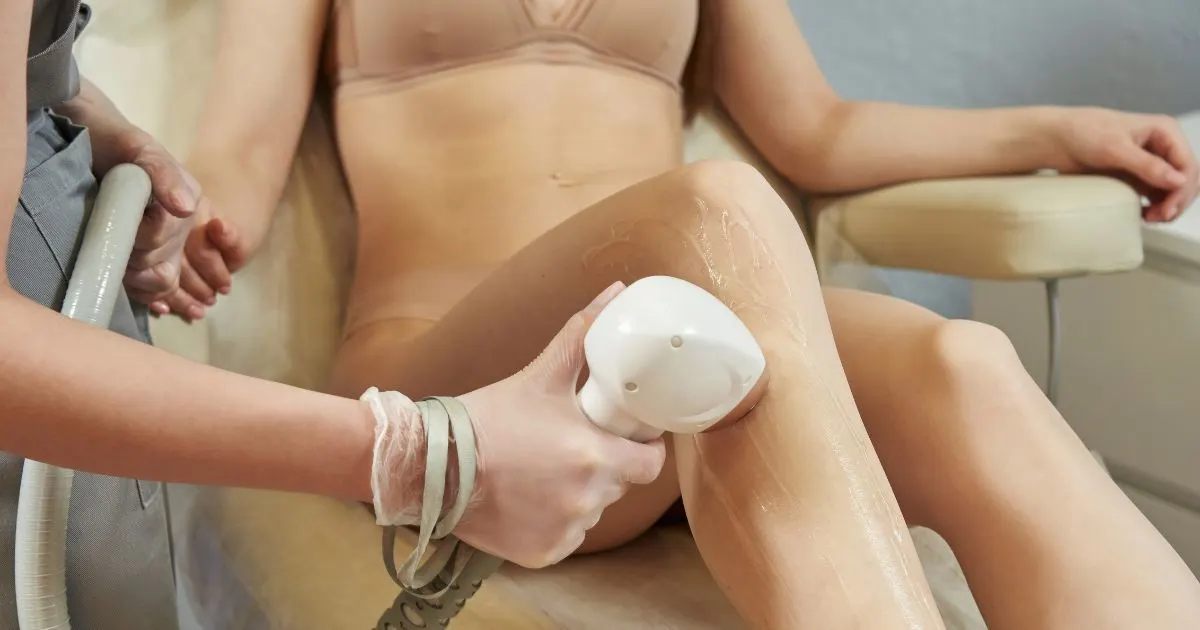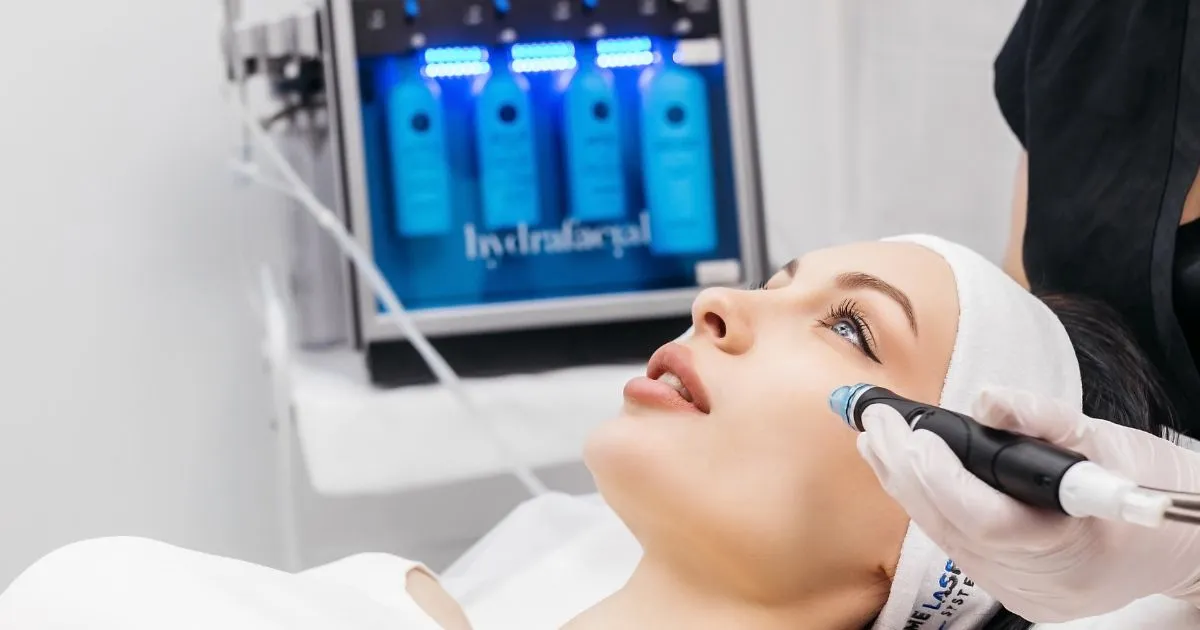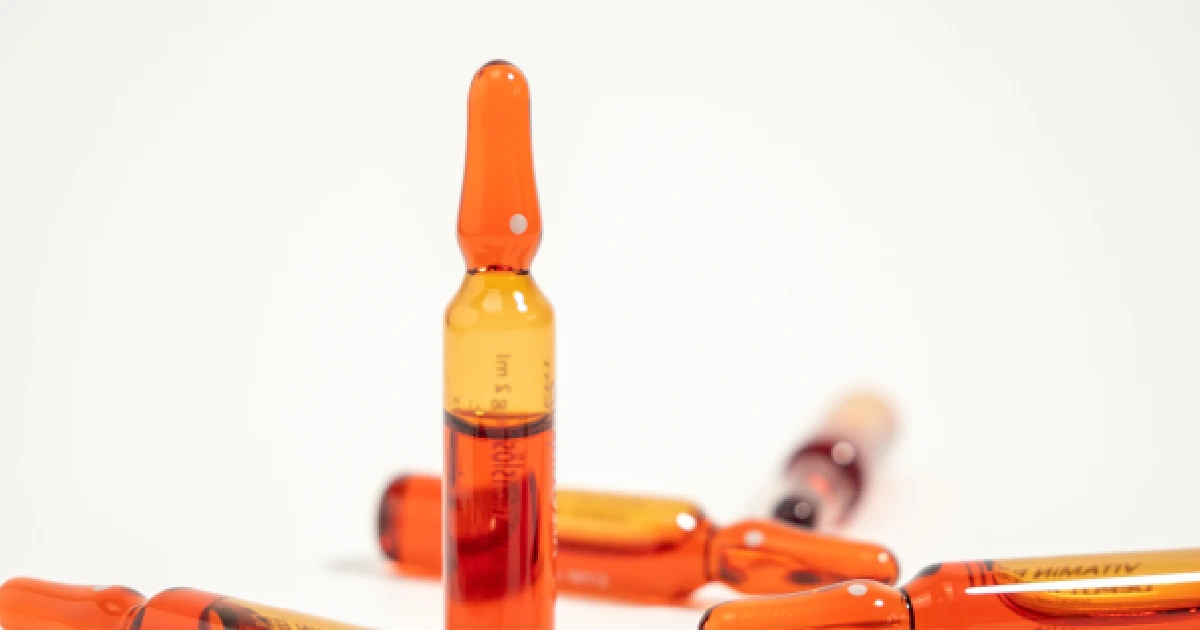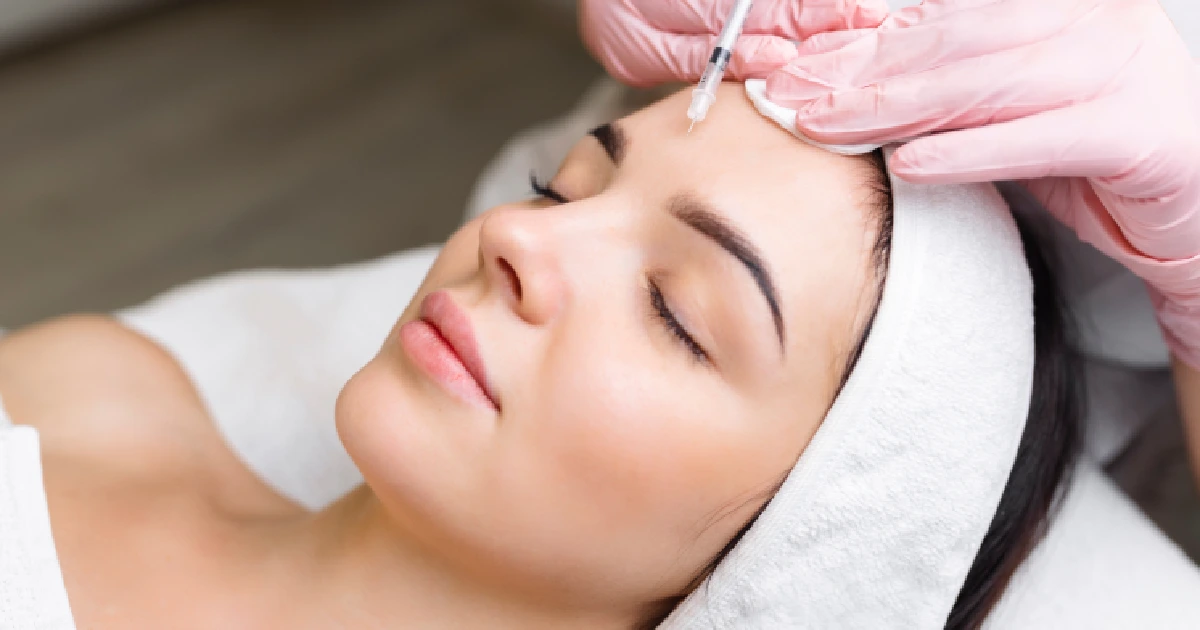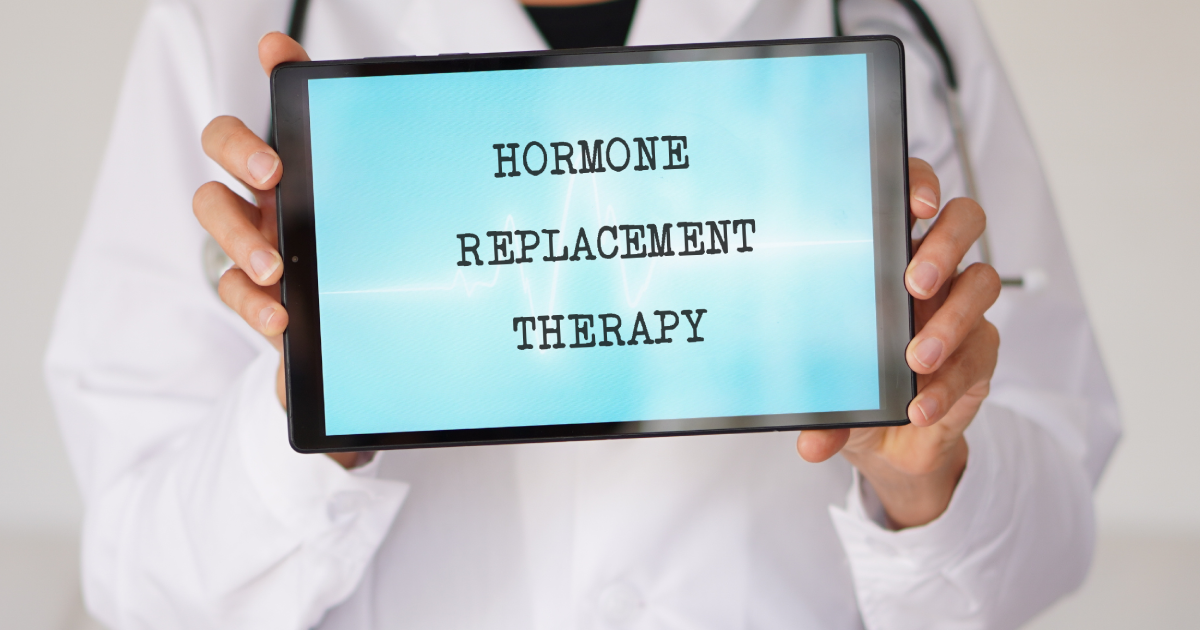Have you ever thought about ways to look and feel younger even if you’re already past your prime? For those healthy non-smokers with serious and realistic treatment goals in mind, as you maintain and keep your skin’s good health, then dermal fillers might be the solution for you. These injectables are today’s modern approach to achieving the skin you once had and would want to have again.
Read until the end and learn more about dermal fillers, how they work, and if they are suitable for your skin and safe for its issues.
What Are Dermal Fillers and How Do They Work?
As popular and cost-effective alternatives for facial rejuvenation treatments, dermal fillers for skin rejuvenation involve no necessary surgical procedures. These products are gel-like substances that are injected underneath the skin. Dermal fillers are used to ultimately restore the younger-looking volume in the face. These injectables can help plump those thin lips, enhance your shallow contours, soften those facial creases and wrinkles, improve the appearance of your recessed scars, and decrease those shadows found on your lower lids.
Over time, facial lines start to appear because our faces lose the subcutaneous fat it has naturally have. It causes the muscles in our face to work closer to the skin’s surface. Aside from aging, other factors that can affect our facial skin include exposure to the sun, heredity, genes, and our lifestyle. That’s where non-surgical wrinkle treatment options like dermal fillers come in.
Different types of dermal fillers vary based on chemical makeup and substance longevity. There are also filler products for particular areas and body parts. The substances categorize dermal fillers they are made from, each formulated based on density, texture, and injection depth.
In addition, dermal fillers cannot provide the same results as a surgical facelift. Please remember that dermal fillers are temporary, and ongoing treatments are needed for long-lasting results.
Types of Dermal Fillers and Their Uses
Hyaluronic Acid (HA)
- a substance naturally found in the skin that helps maintain plumpness and hydration
- HA dermal fillers are soft and gel-like and leave results that can last from six (6) to twelve (12) months or longer.
- Most HA fillers are infused with lidocaine, minimizing any potential discomfort with treatment.
- FDA-approved HA fillers are Belotero Balance, Juvéderm XC, Restylane, Restylane Defyne, Restylane Lyft, Restylane Refyne, Restylane Silk, VOLBELLA, VOLLURE, and VOLUMA
Calcium Hydroxylapatite (CaHA)
- a natural substance found in the bones
- in dermal fillers, calcium particles are suspended in smooth gels with a thick consistency
- CaHA fillers last for about a year (12 months)
- it is reported to help in the stimulation of collagen production
- used for deeper wrinkles and fine lines and wrinkles
- Radiesse is an FDA-approved and famous among CaHA fillers
Poly-L-lactic acid (PLLA)
- a safe, biodegradable synthetic substance
- has been used for years in medical devices now, such as dissolvable stitches
- PLLA products, also called “collagen stimulators,” smoothen out fine lines
- allows the skin to rebuild natural collagen
- used in treating deep facial wrinkles and leave results that last for over two (2) years
- FDA-approved PLLA dermal fillers include the popular Sculptra Aesthetic
Polymethylmethacrylate (PMMA)
- a safe synthetic substance used in medication for the last century
- forms tiny balls that remain underneath the skin, providing continued support
- PMMA fillers contain collagen that provides structure and firmness
- Belafill is an FDA-approved PMMA filler
How to Prepare for a Dermal Filler Appointment
Typically, dermal fillers are non-surgical treatments that take place during office visits. These injection treatments usually start with consultations, where you meet with your dermatologist and discuss the results and any queries or concerns you may have regarding the dermal filler procedure.
During the Treatment
Only before the actual treatment, targeted areas will be cleansed and may be given and applied with of topical anesthetic. It numbs the treated area before your injection. Many dermal filler products also have lidocaine, a mild anesthetic intended to help minimize potential discomfort during and after the treatment. Doctors and practitioners from your healthcare providers then inject precise dermal fillers strategically underneath the skin.
After the Treatment
Based on the product type and treated areas, one should start noticing results immediately after receiving dermal filler injections. Others experience mild bruising and swelling; however, these side effects of facial fillers are temporary and should fade a few days after the treatment. You can return to your usual activities after the treatment immediately, although dermatologists may still ask you to have a day off from strenuous activities such as exercise.
Recovery time differs for every patient, based on the filler type used. Patients can resume most everyday activities following their treatment. But it is also recommended not to engage in strenuous exercise for the next 24 to 48 hours, reducing the swelling and bruising. It will also prevent the migration of the dermal filler product.
If you’re wondering, how safe are dermal fillers, know that when administered by qualified professionals, they are FDA-approved and clinically tested. Still, it’s vital to follow all pre- and post-care instructions. Dermal filler providers should thoroughly explain the benefits and risks of dermal fillers, helping you make an informed decision.
Aftercare Tips for Dermal Filler Recovery
Proper aftercare plays a vital role in maximizing results and minimizing the side effects of facial fillers. While most patients can resume normal routines shortly after treatment, following these aftercare guidelines can help ensure a smoother recovery and longer-lasting outcomes.
1. Avoid Touching or Massaging the Treated Area
Unless instructed by your provider, do not rub or press on the injection site. Manipulating the area can cause the filler to shift, potentially altering your results.
2. Skip Strenuous Exercise for 24–48 Hours
Refrain from intense physical activity to reduce swelling and bruising. Elevated heart rate and blood pressure can worsen these common dermal filler side effects and may increase the risk of filler migration.
3. Stay Upright for Several Hours
Remain in an upright position for at least 4–6 hours after your appointment. This helps prevent unnecessary pressure on the treated area and supports the proper settling of the filler.
4. Apply a Cold Compress (If Needed)
Use a clean, gentle cold compress to minimize swelling or discomfort. Avoid applying ice directly to the skin, and don’t overdo it—15-minute intervals are ideal.
5. Avoid Alcohol and Blood-Thinning Medications
For 24 hours post-treatment, it’s best to avoid alcohol, aspirin, or ibuprofen unless otherwise approved by your doctor. These substances can increase your risk of bruising.
6. Limit Sun and Heat Exposure
Avoid direct sunlight, tanning beds, saunas, or hot showers for at least 48 hours. Heat can worsen inflammation and delay healing.
7. Follow Your Provider’s Instructions
Your injector will provide tailored guidance based on the types of dermal fillers used and the treated areas. Following their post-care plan ensures optimal recovery and aesthetic results.
8. Maintain Skin Health
In the long term, caring for your skin supports filler longevity. Use gentle, medical-grade skincare products, apply daily SPF, and stay hydrated to enhance the benefits and reduce the risks associated with dermal fillers.
By following these tips, you’ll not only feel more comfortable during your recovery but also help ensure your non-surgical wrinkle treatment delivers the best possible results.
Are Dermal Fillers Safe? Side Effects and Considerations
It is highly suggested to ensure you receive FDA-approved and brand-name dermal fillers. These injectables are only available through licensed physicians like board-certified dermatologists.
It is uncommon for patients to experience severe complications from these dermal fillers. The risk and side effects will vary based on specific filler types used for these injection treatments. Some of these side effects may include:
- An over-filled appearance to treated areas
- Hypersensitivity
- Lumps or complex regions of the injection sites
- Swelling or bruising
- Temporary redness or numbness
When you begin experiencing any side effects, icing or massaging the affected part can offer immediate relief following your treatment. You should start noticing immediate results based on the product used and treated areas. The duration of the results varies depending on factors such as the product used, the area treated, and the individual themselves.
To maintain your results, dermatologists repeat their dermal filler treatment, adjusting amounts and techniques as necessary. These adjustments will ensure optimal results.
Do Dermal Fillers Really Improve Skin Health?
Overall, yes. Dermal fillers are safe. FDA-approved options consist of natural substances we already have in our bodies. Talk to your doctor or healthcare provider and discuss any related questions, comments, or concerns you may have regarding dermal fillers. Based on your desired goals, undergoing these fillers is a better alternative than cosmetic surgery. The results may vary based on the filler type, medical professionals that administered it, and the person who will be receiving the dermal filler.
Book Your Dermal Filler Consultation at Elle Aesthetics
The Bottomline
Dermal fillers are today’s modern take on skin rejuvenation. Consult only the experts in this field to ensure the validity of the results you’ll receive. Your doctor or healthcare provider will recommend the most suitable dermal filler for you and your particular skin concern.
Do you want to learn more about these dermal fillers before experiencing them? Our awesome friends at Elle Aesthetics Utah can answer all your questions and help you out today.
Frequently Asked Questions
What do dermal fillers do to your face?
Dermal fillers restore lost volume, smooth wrinkles, enhance facial contours, and rejuvenate the skin for a more youthful appearance.
Are dermal fillers good for skin?
Yes, dermal fillers can improve skin texture and hydration while stimulating collagen production, making them beneficial for skin rejuvenation.
How long do dermal fillers last?
Depending on the type used, dermal fillers typically last between 6 months to 2 years before naturally breaking down and being absorbed by the body.
Is it worth getting dermal fillers?
For many patients, dermal fillers offer a safe, non-surgical way to achieve noticeable, natural-looking improvements with minimal downtime, making them a worthwhile investment.



